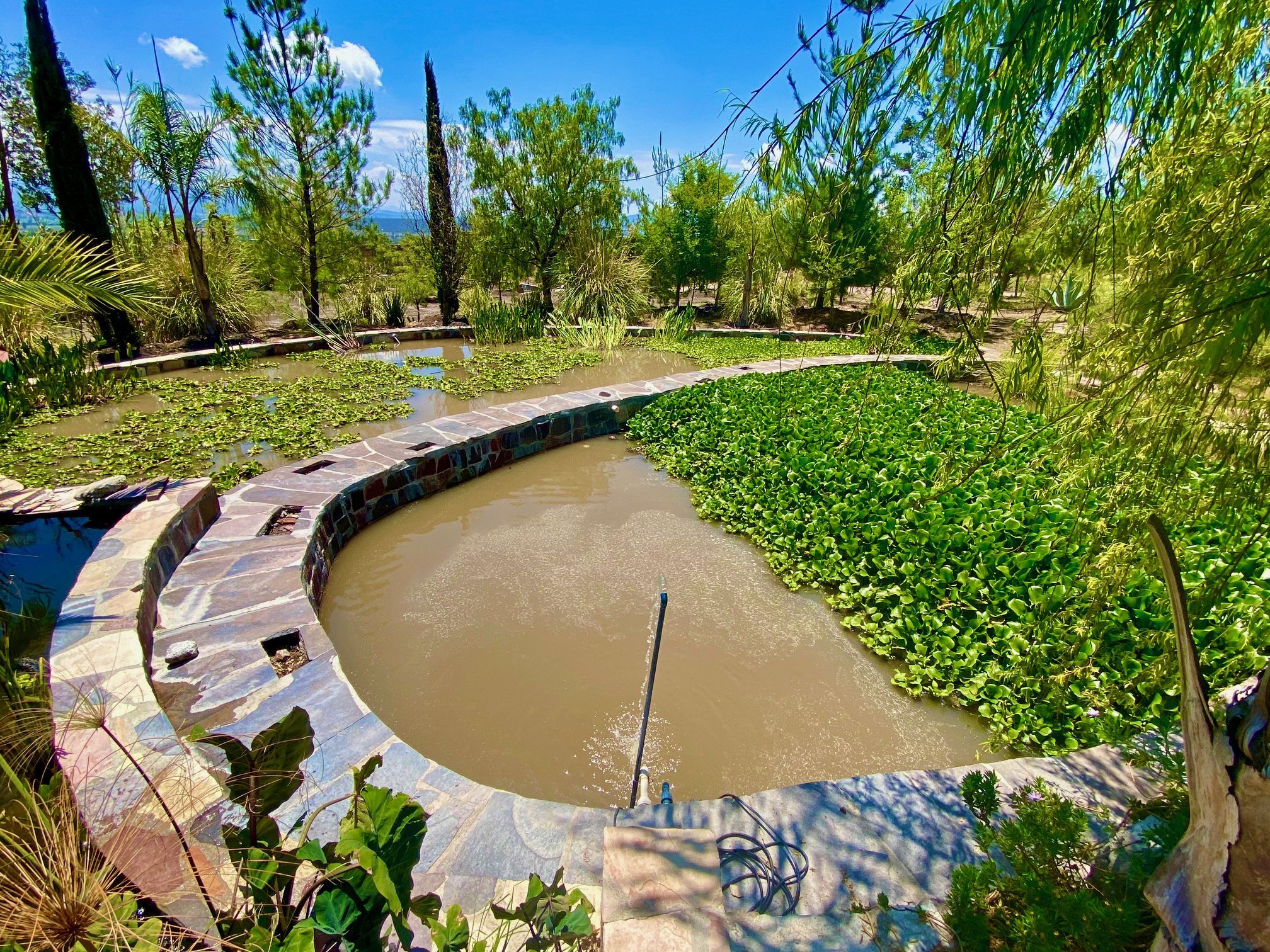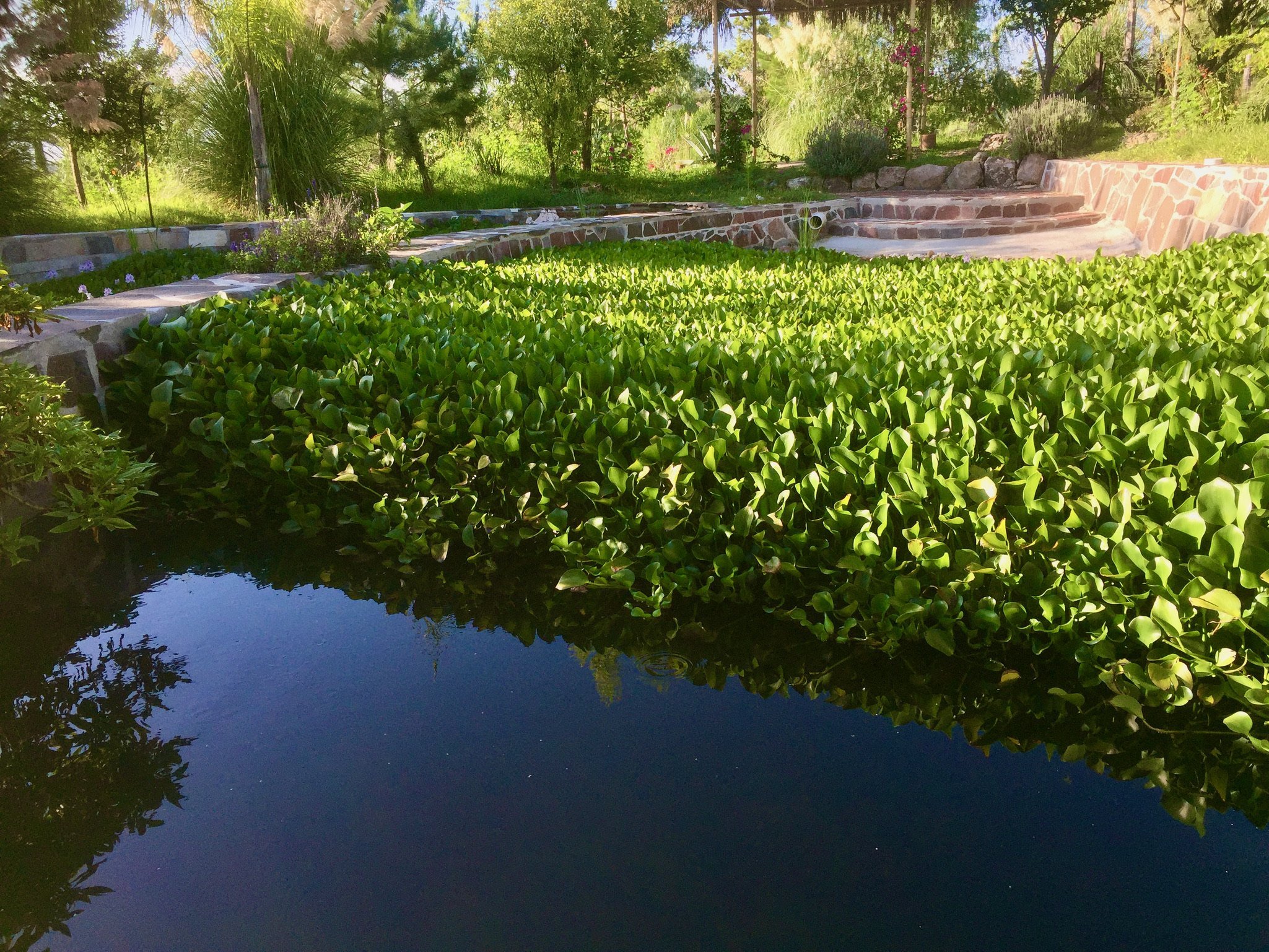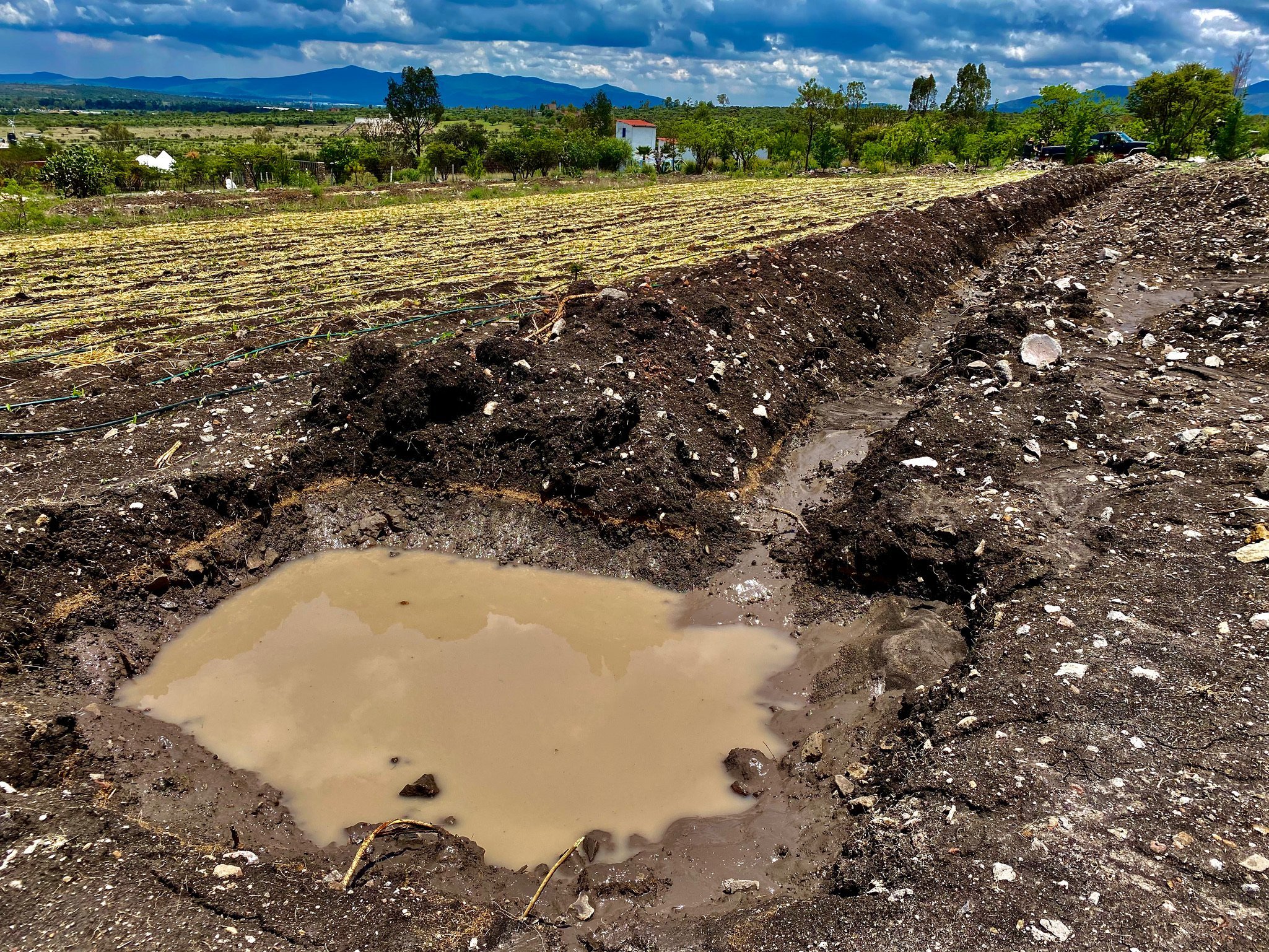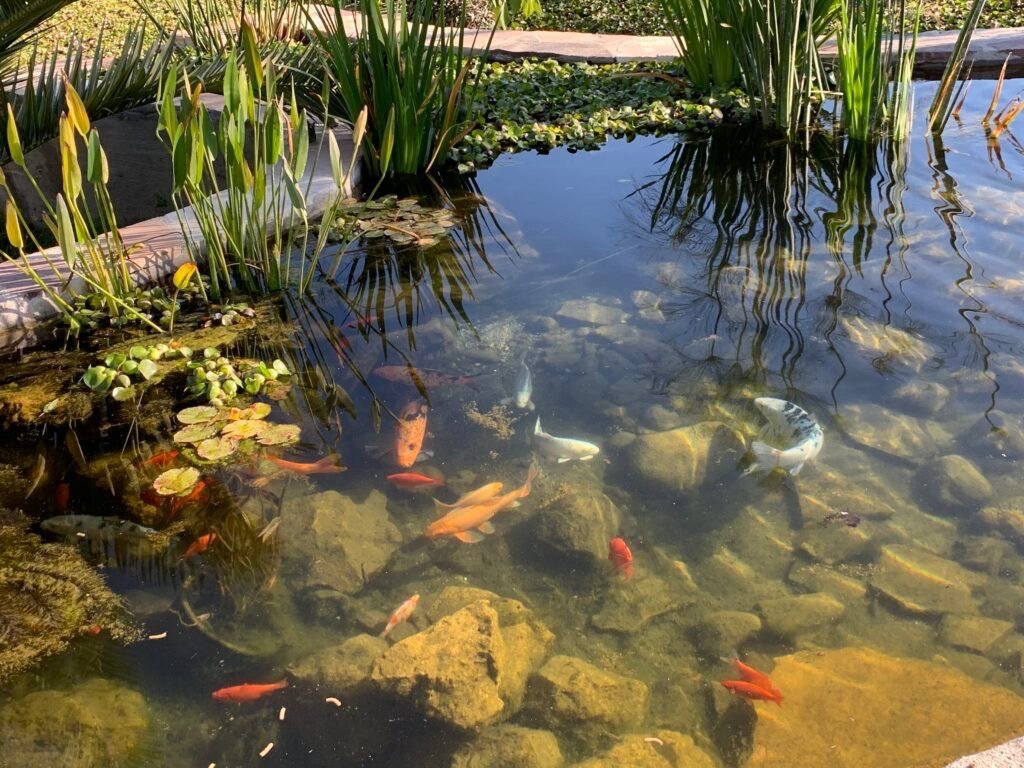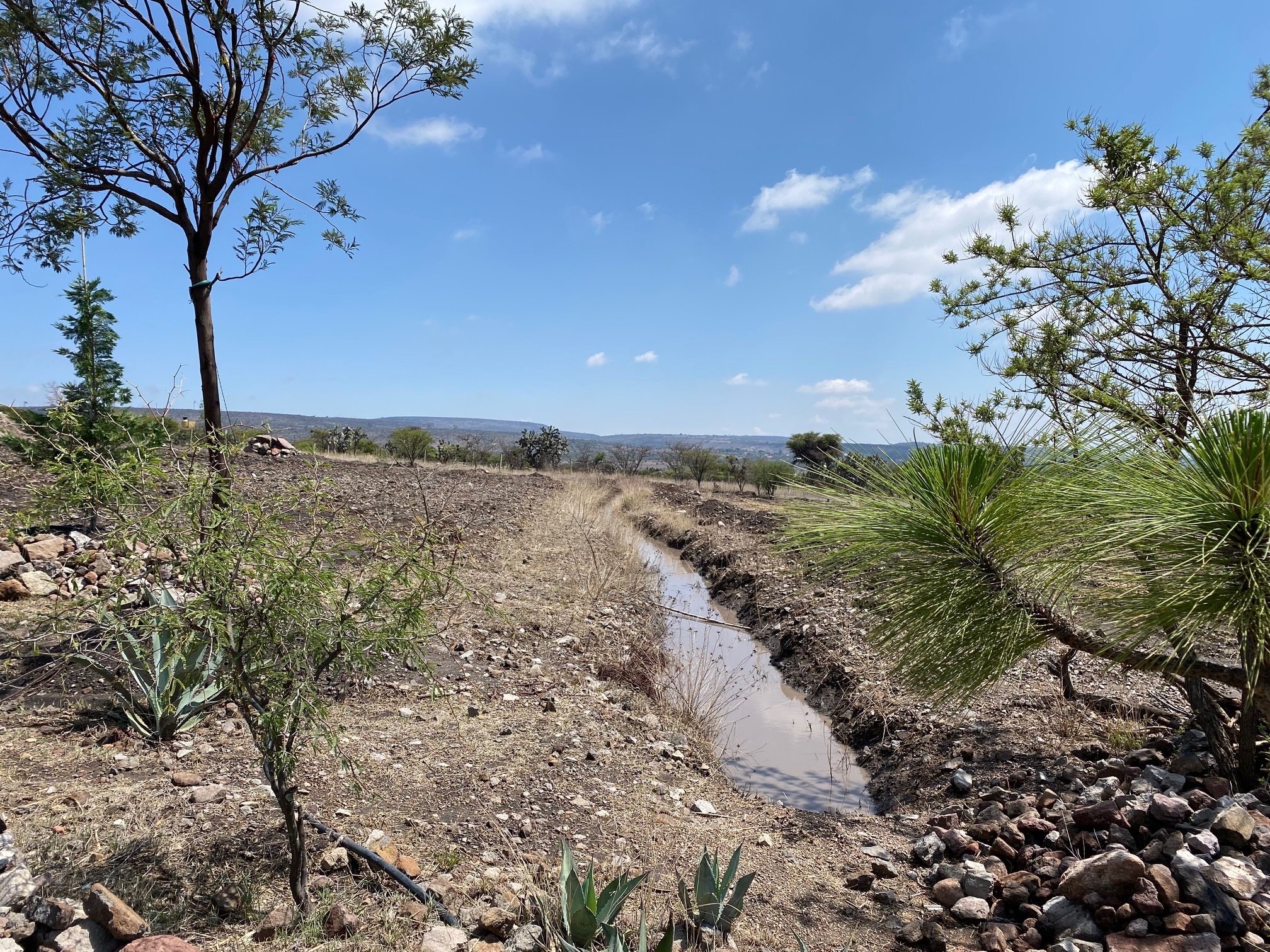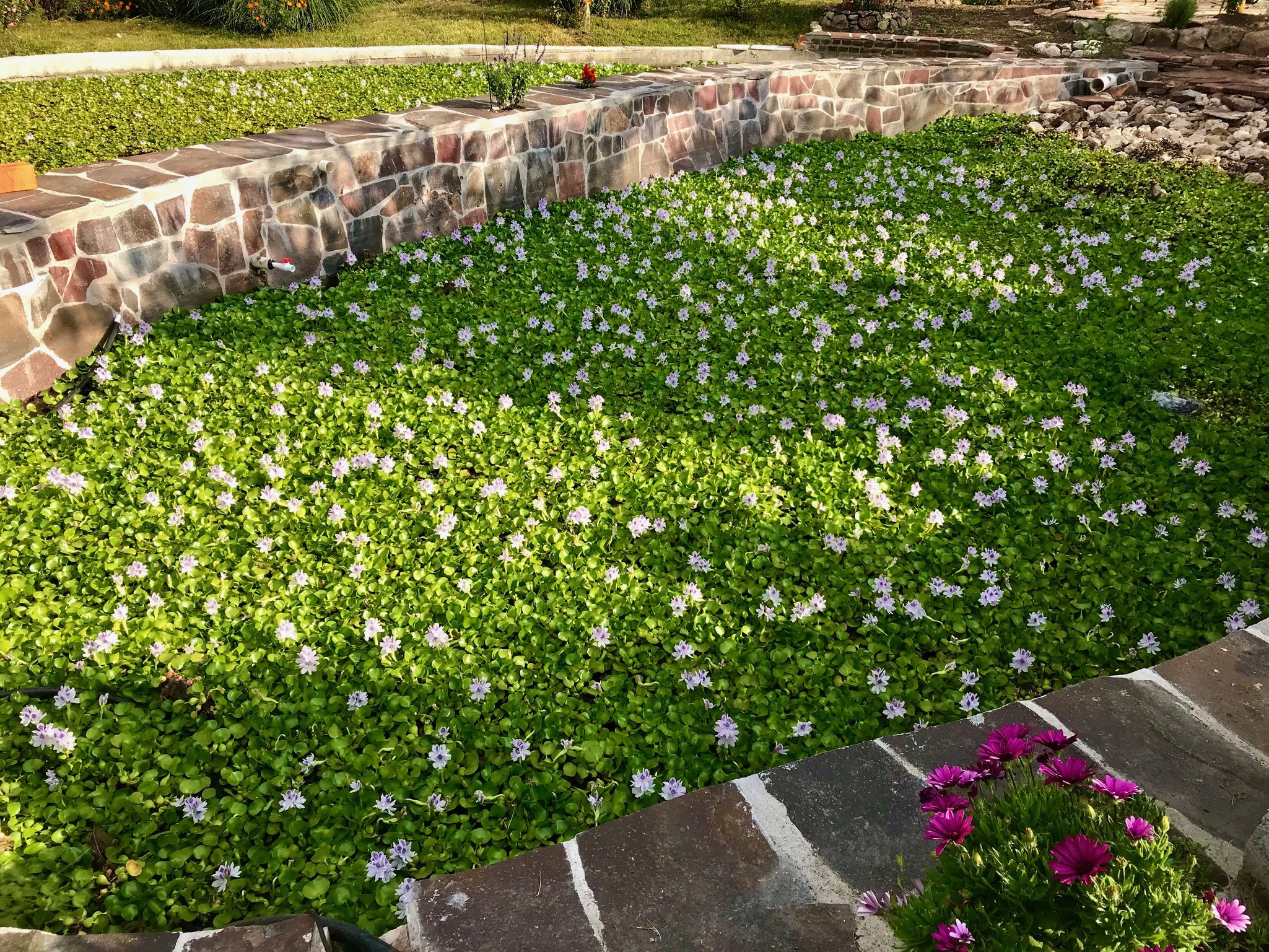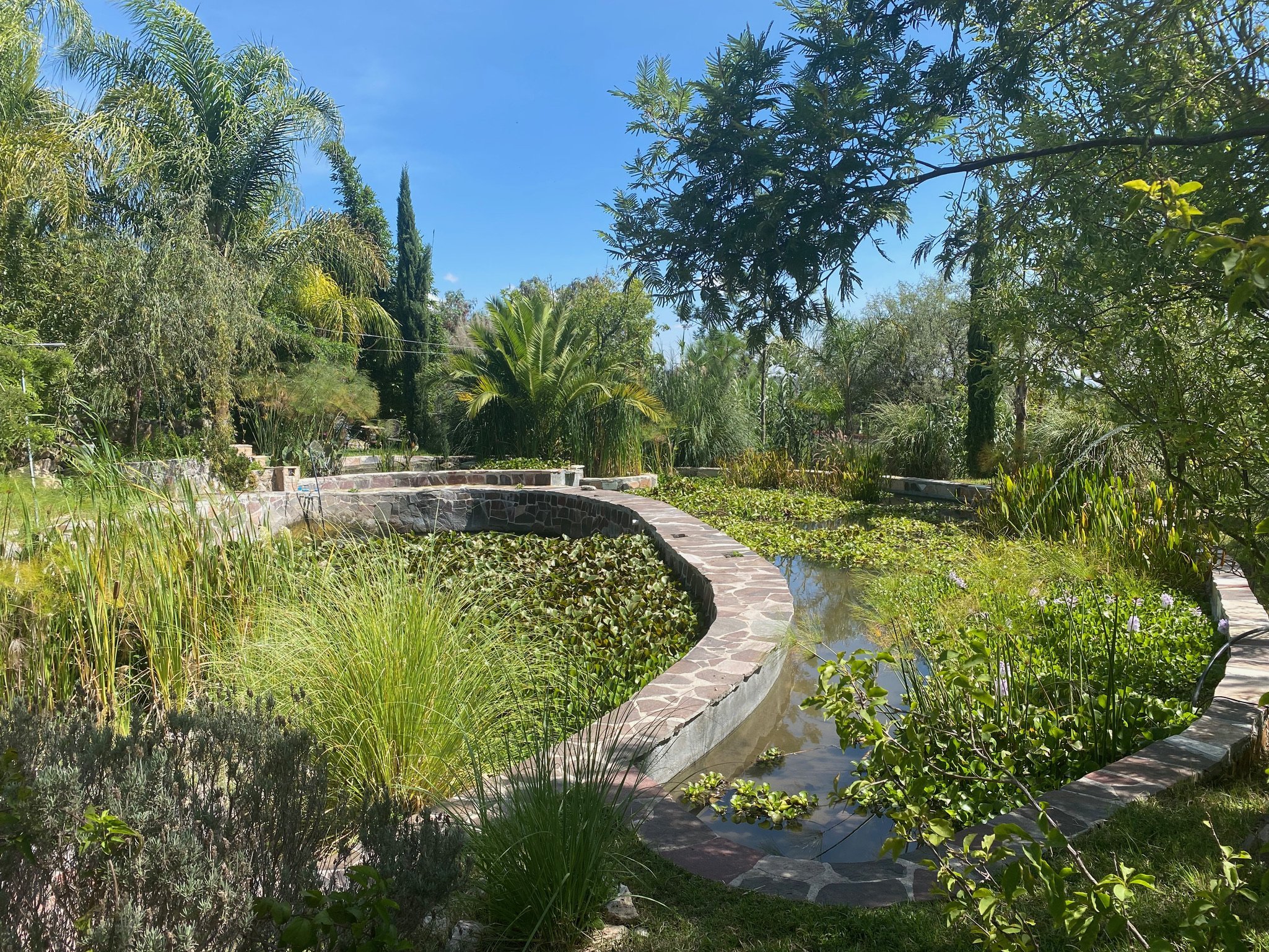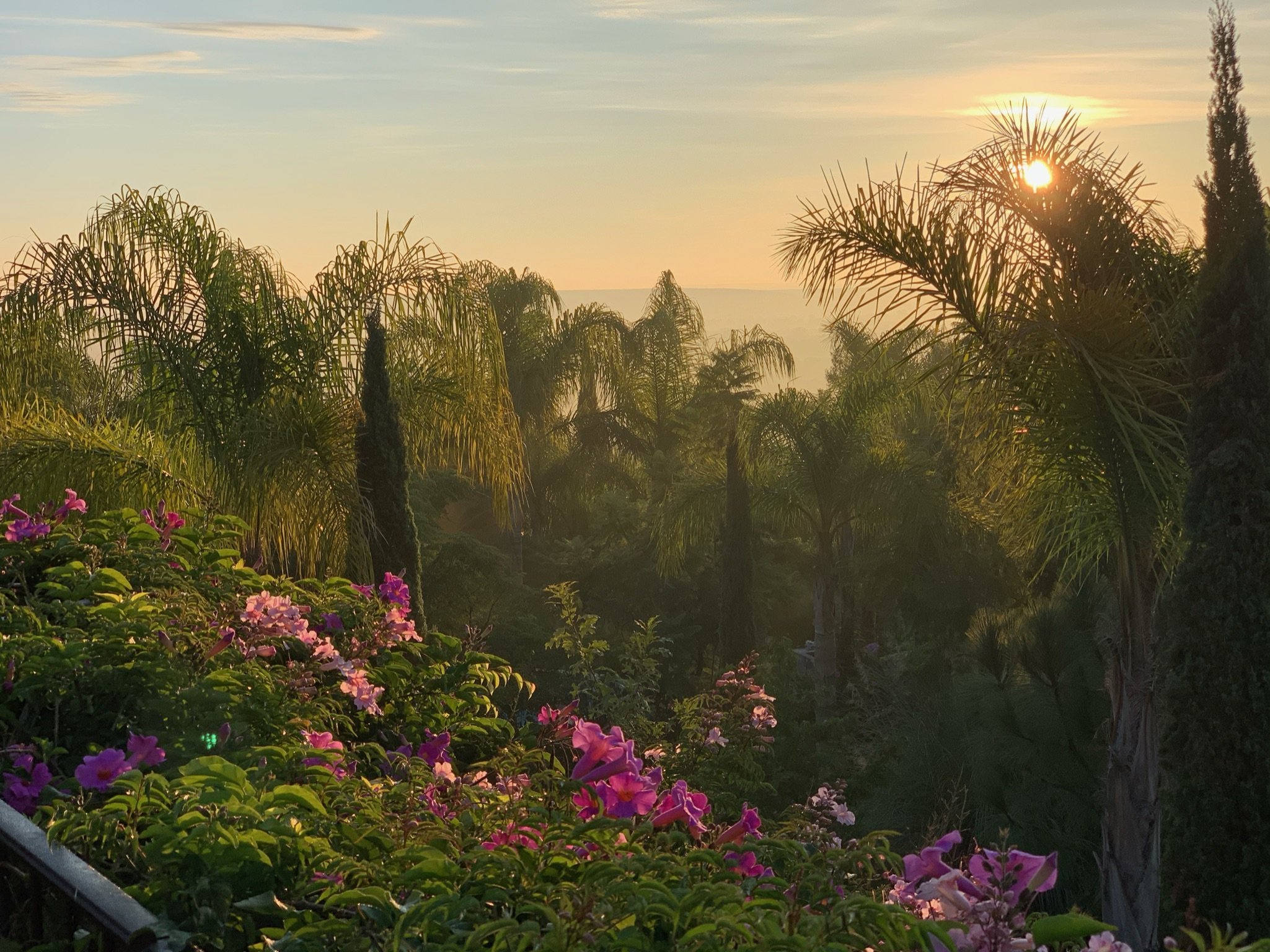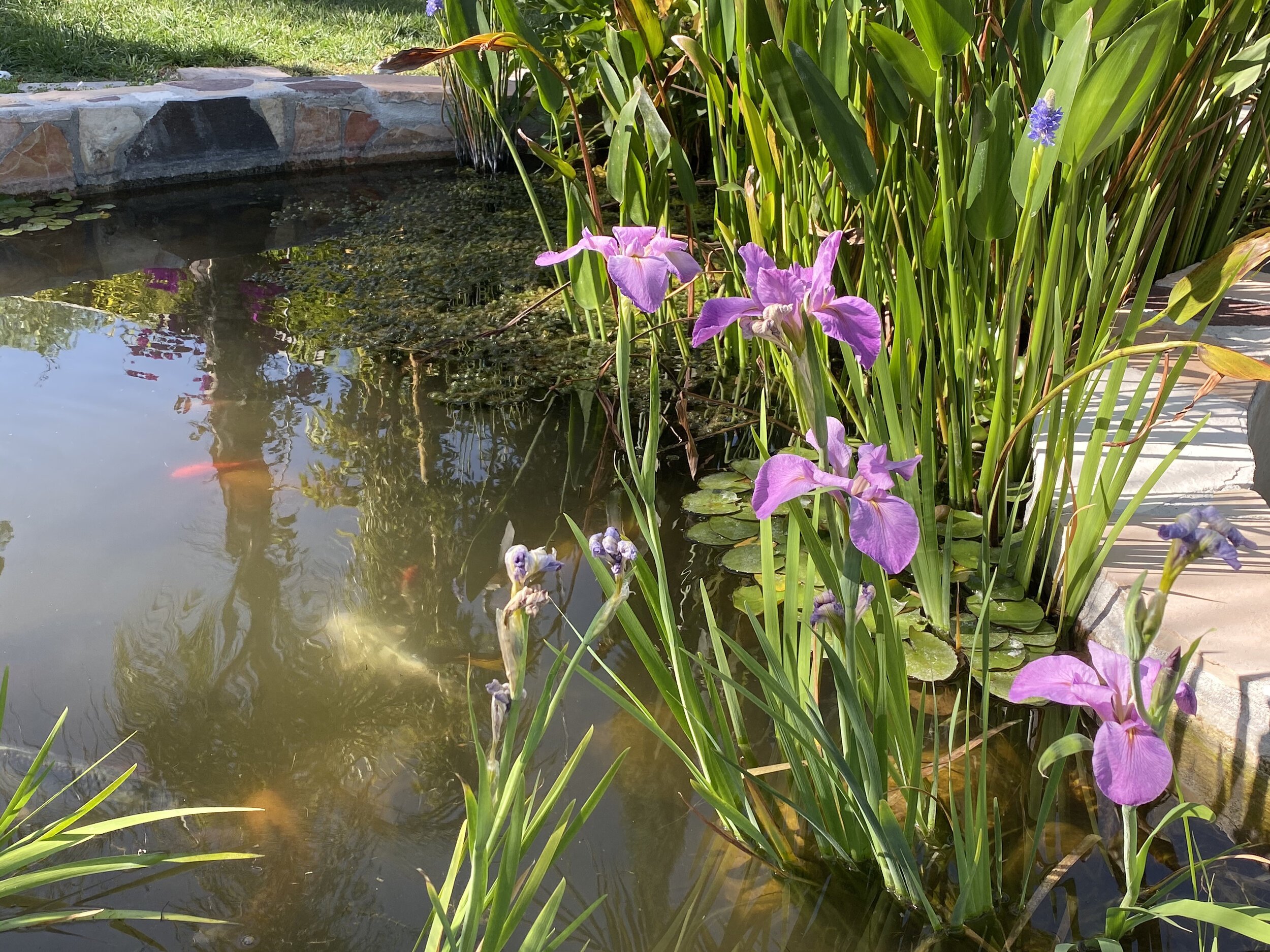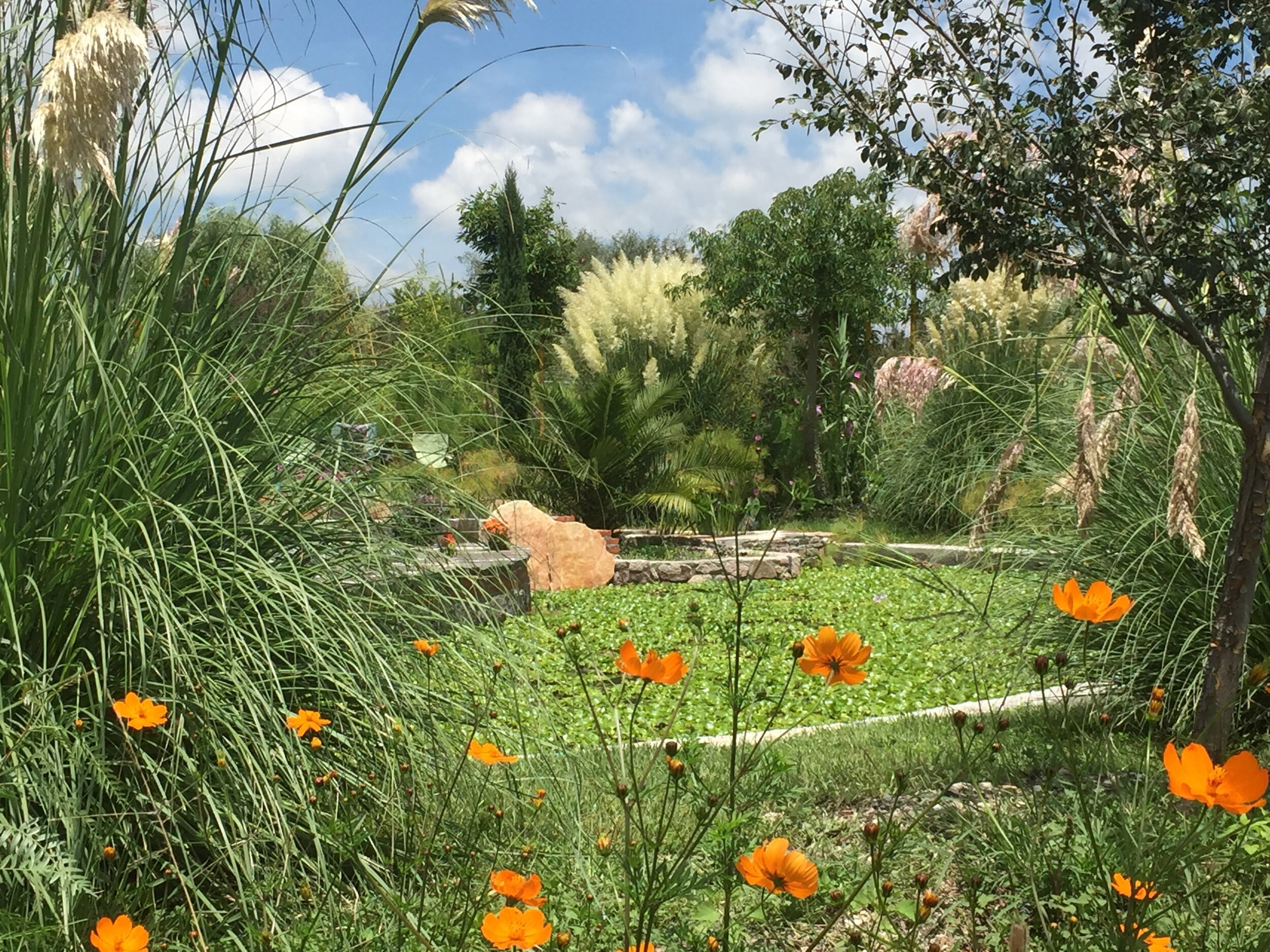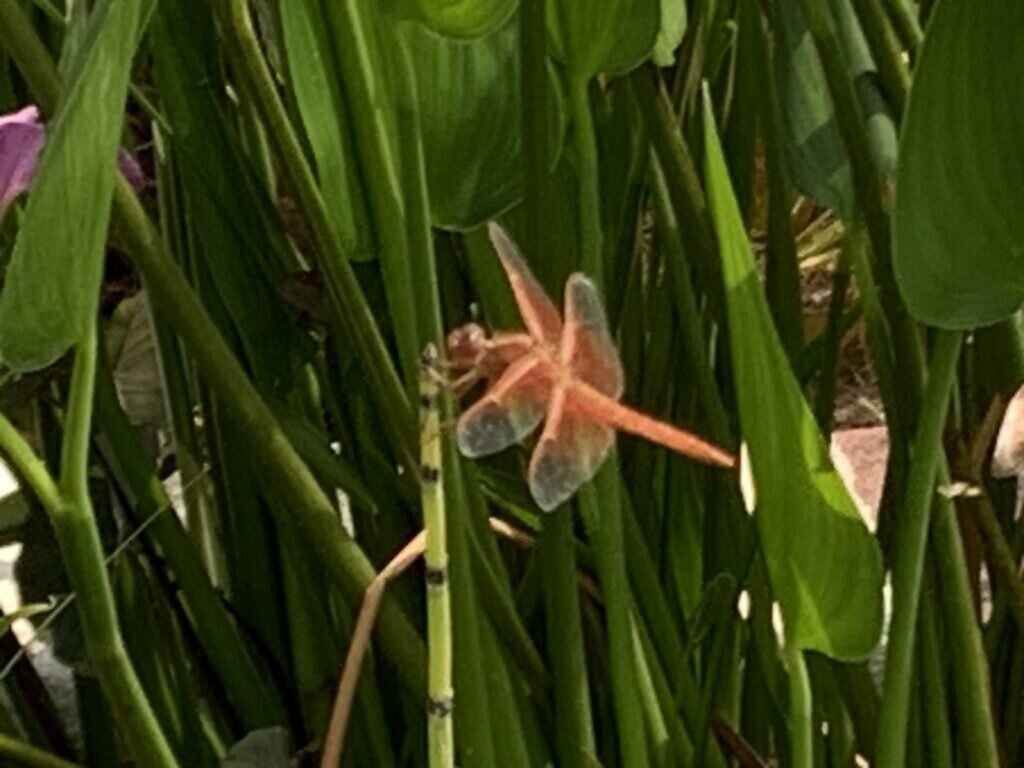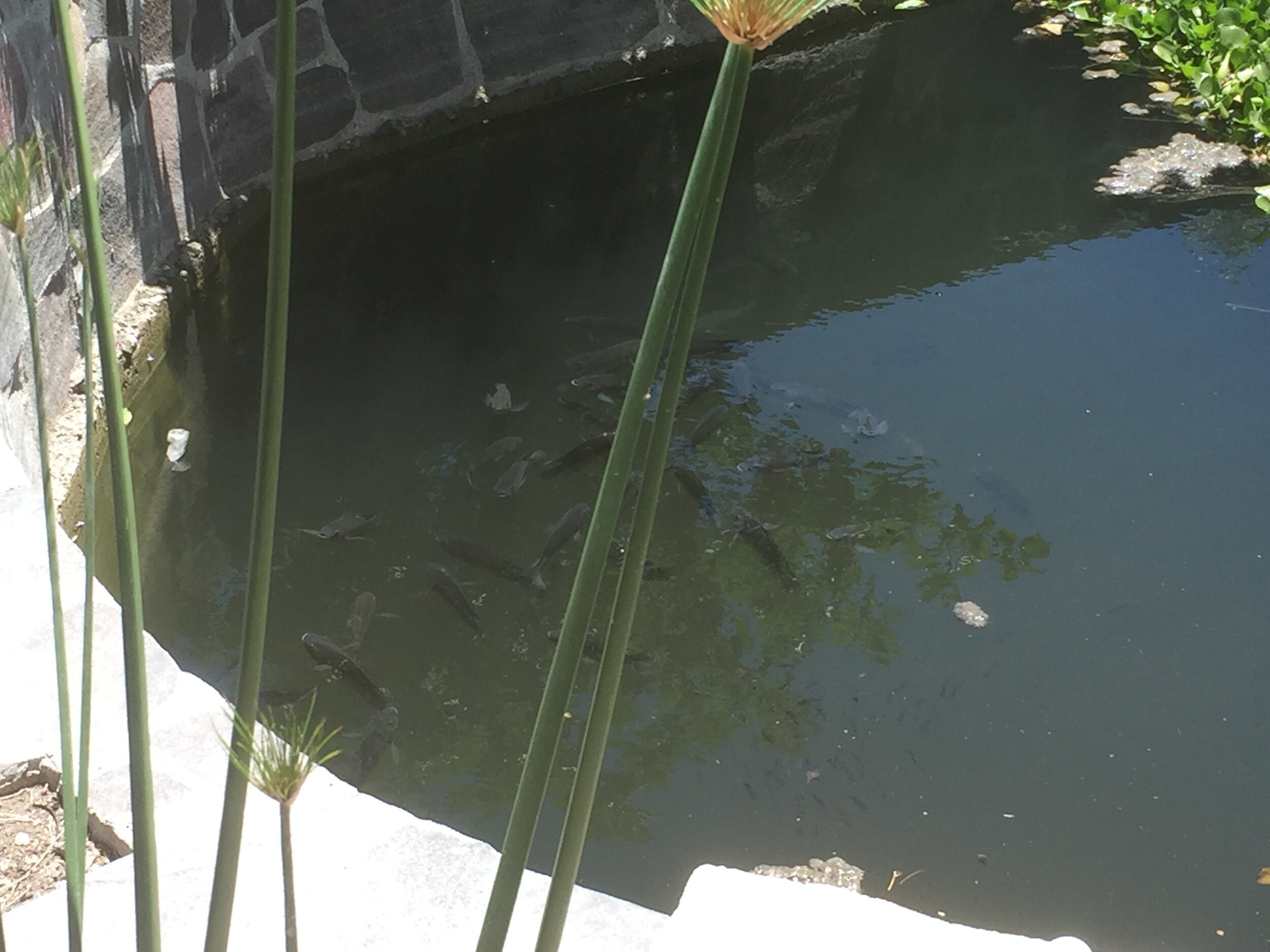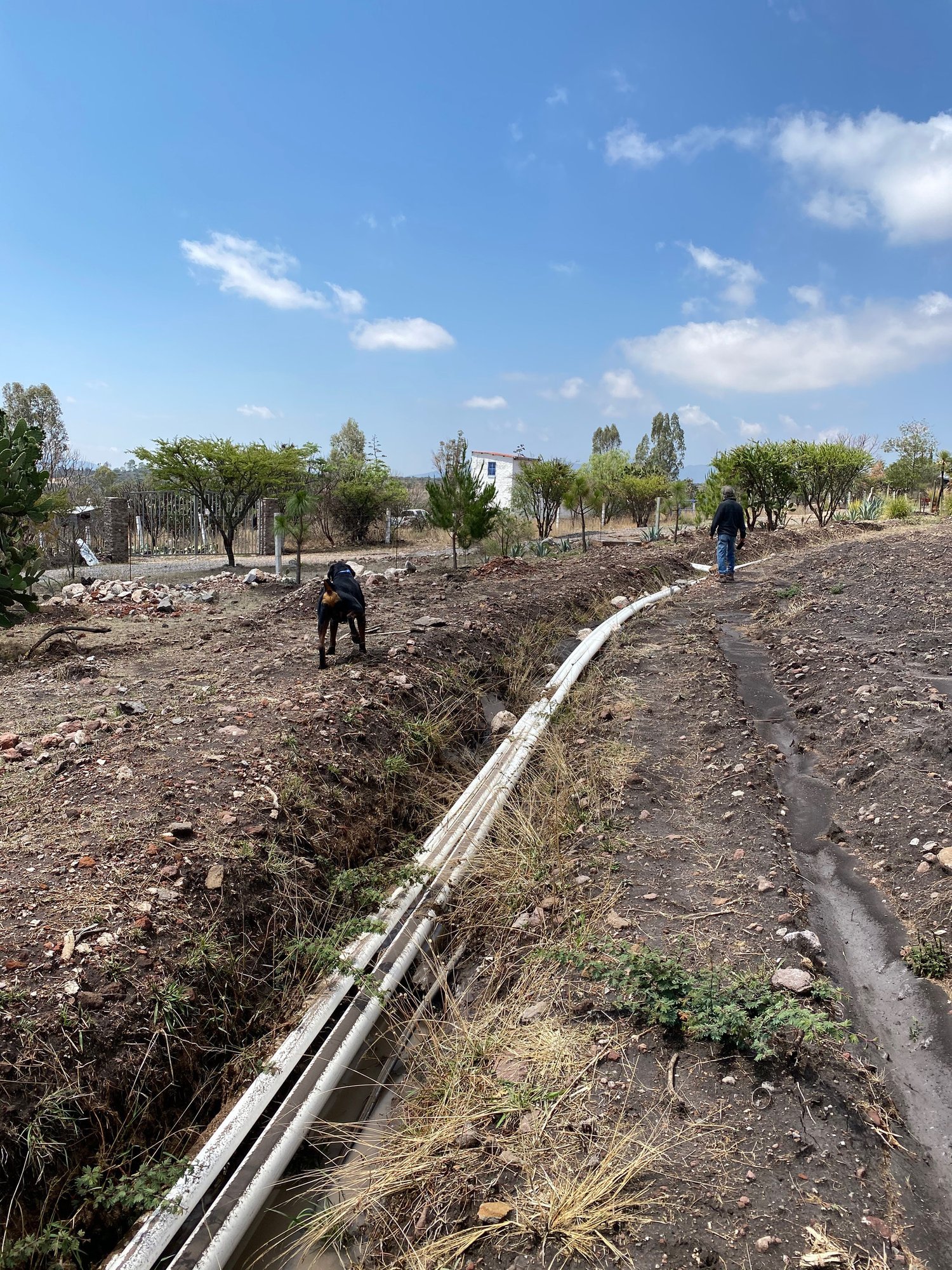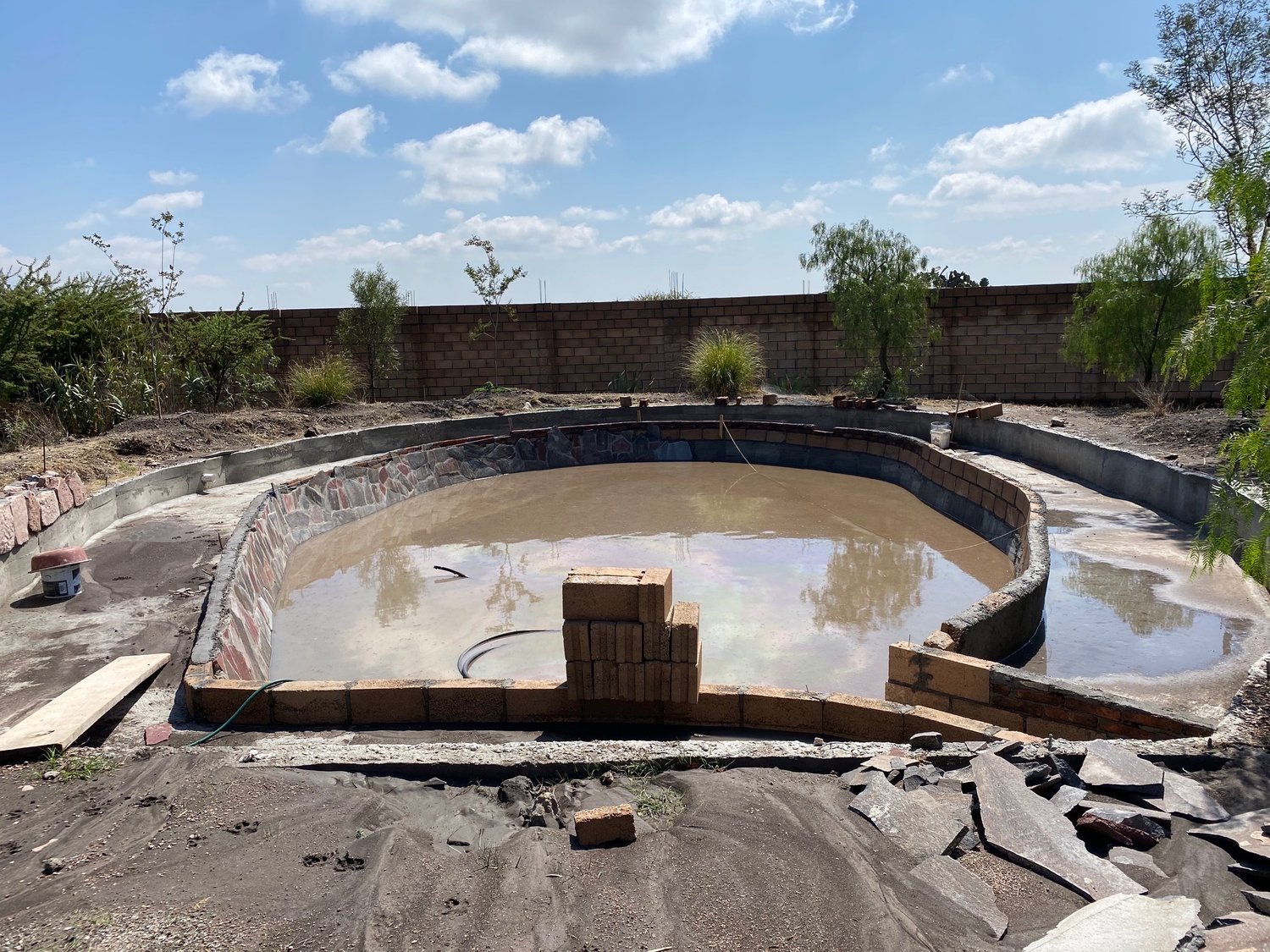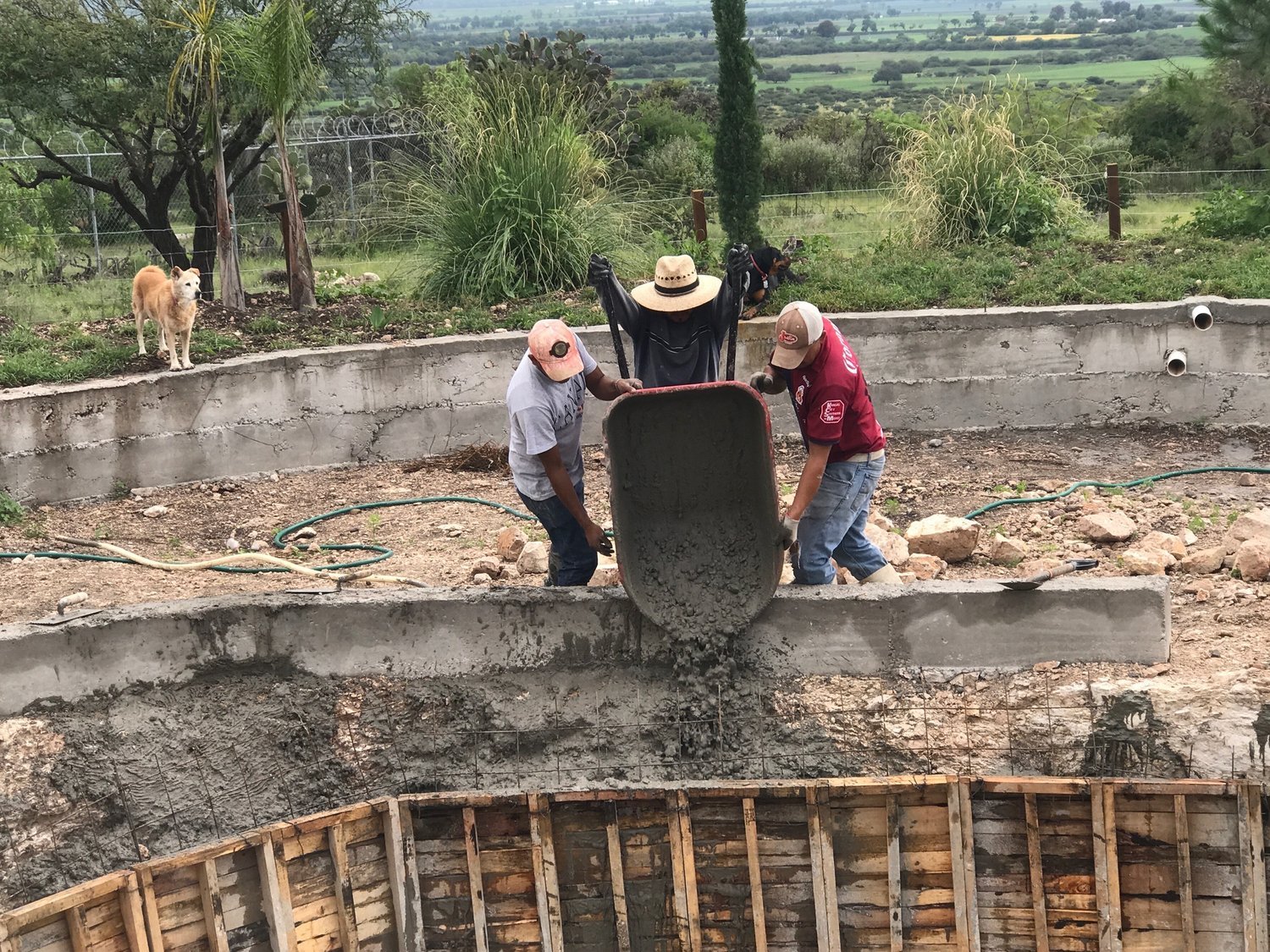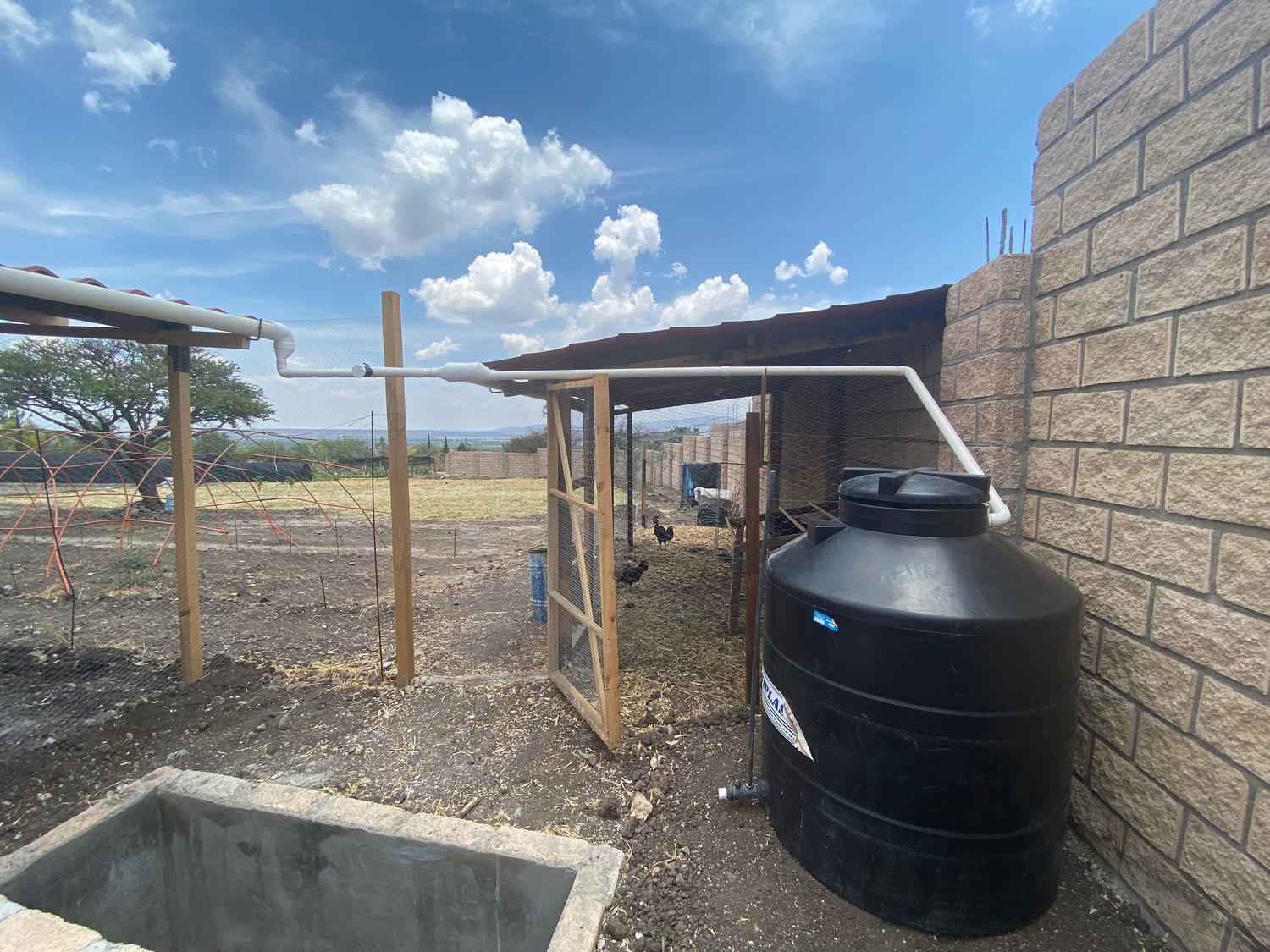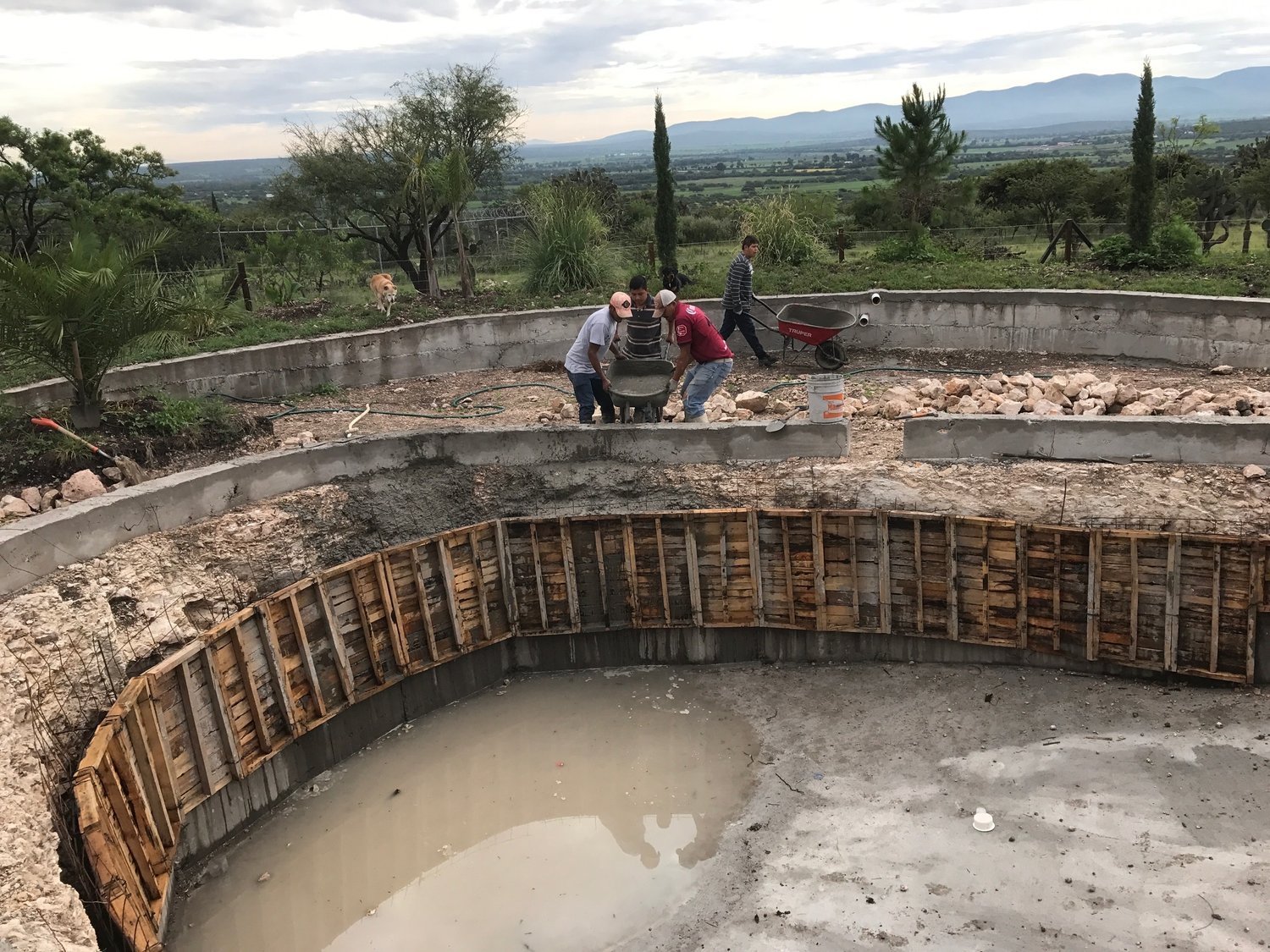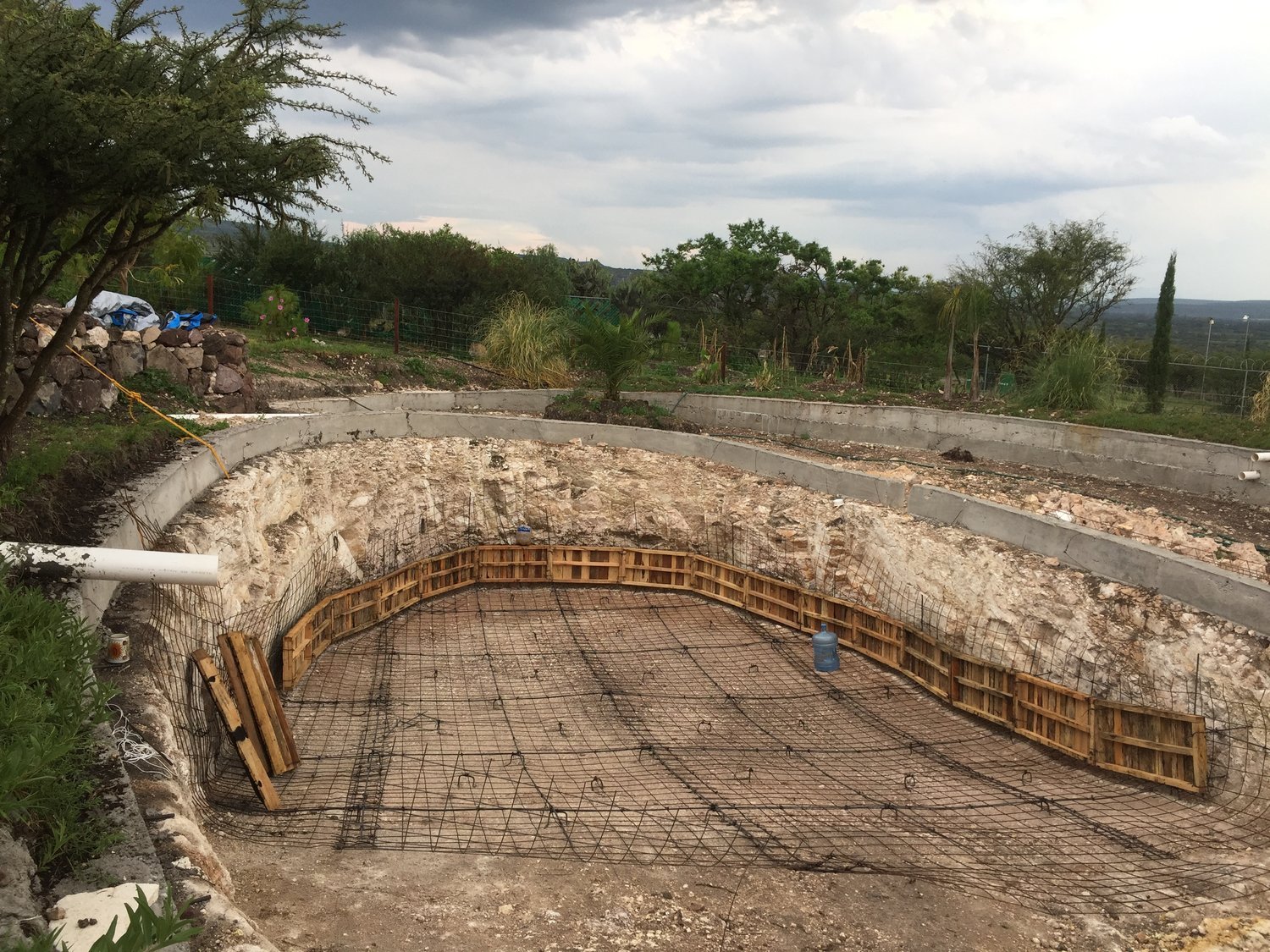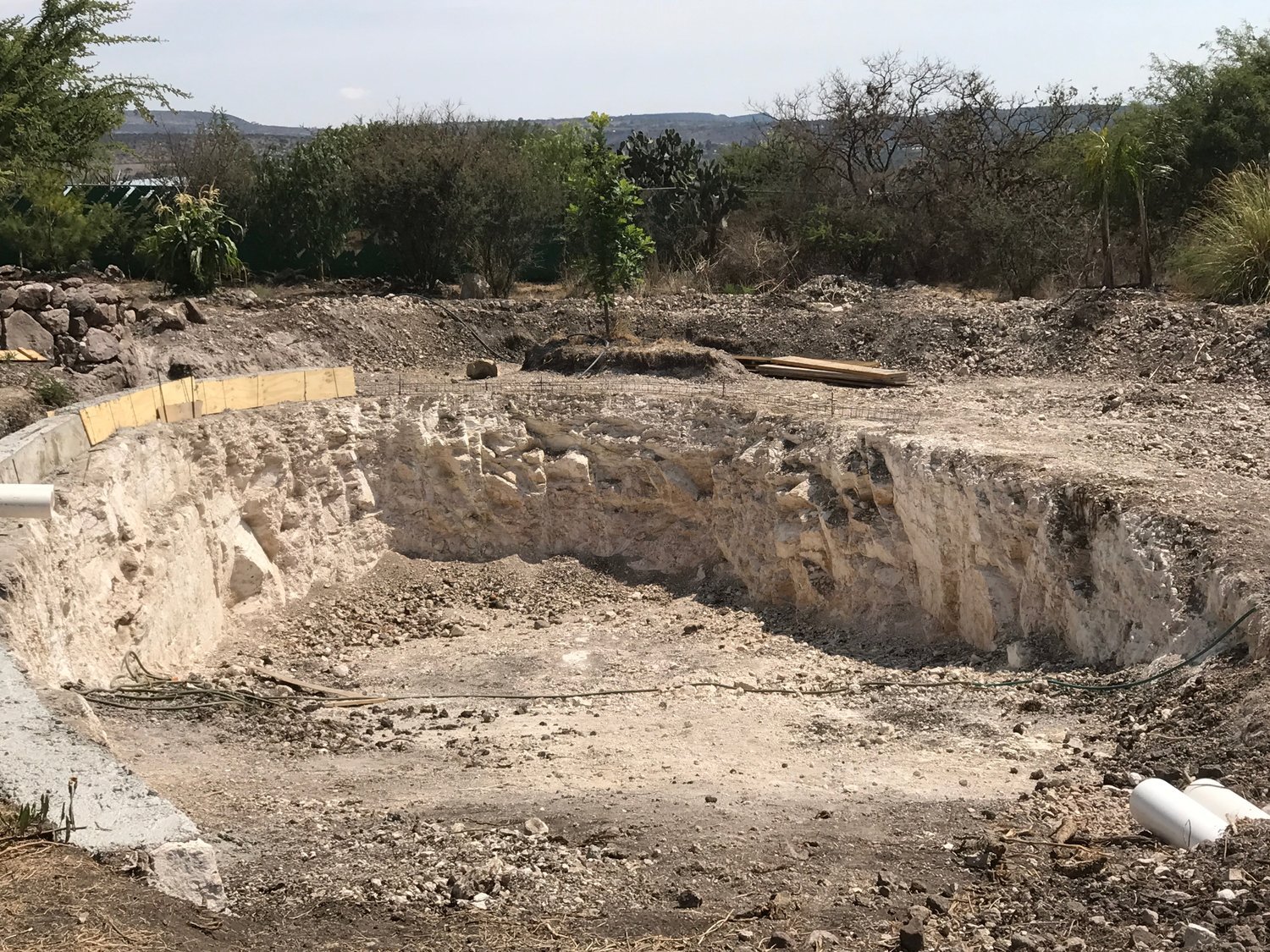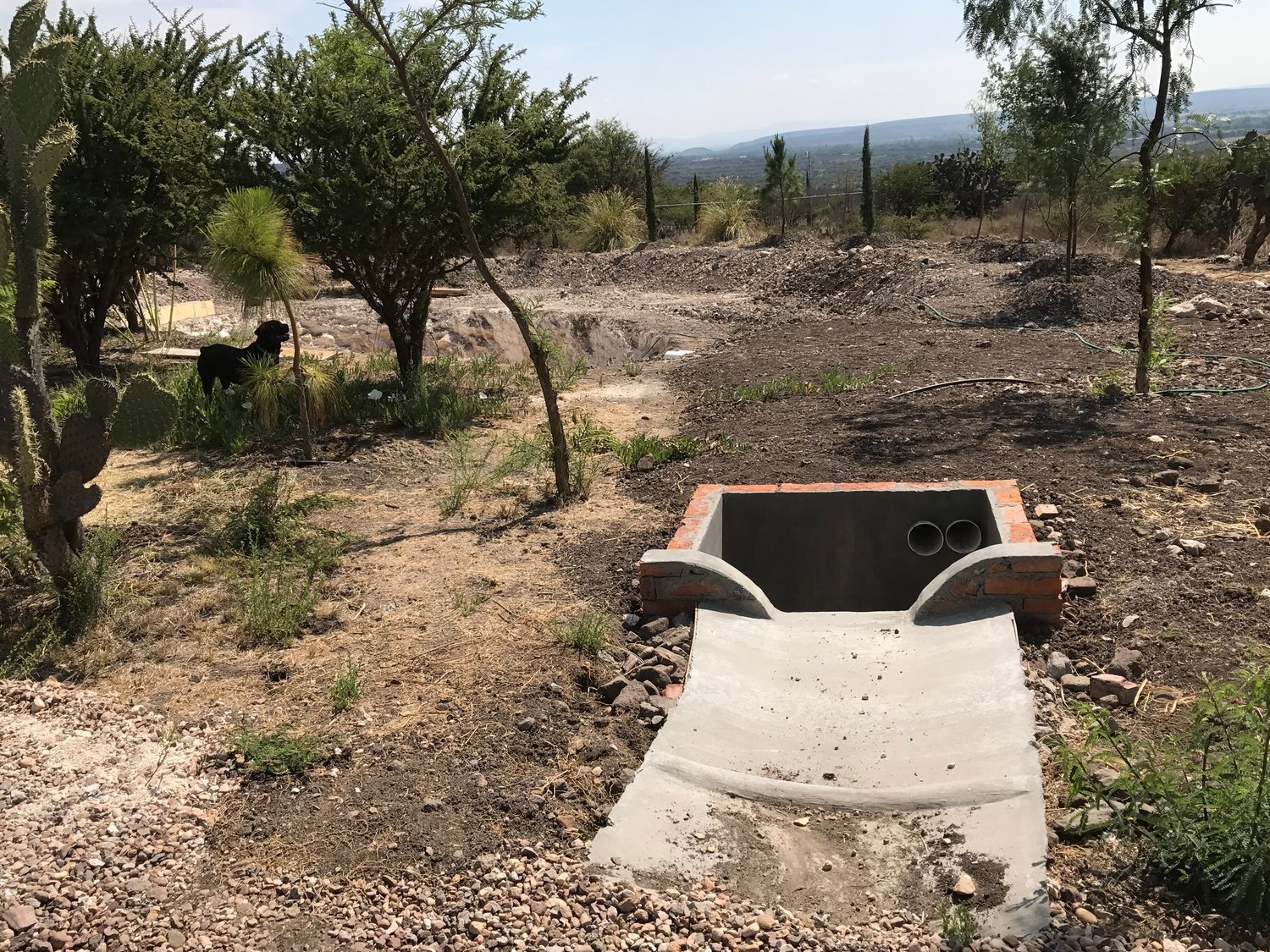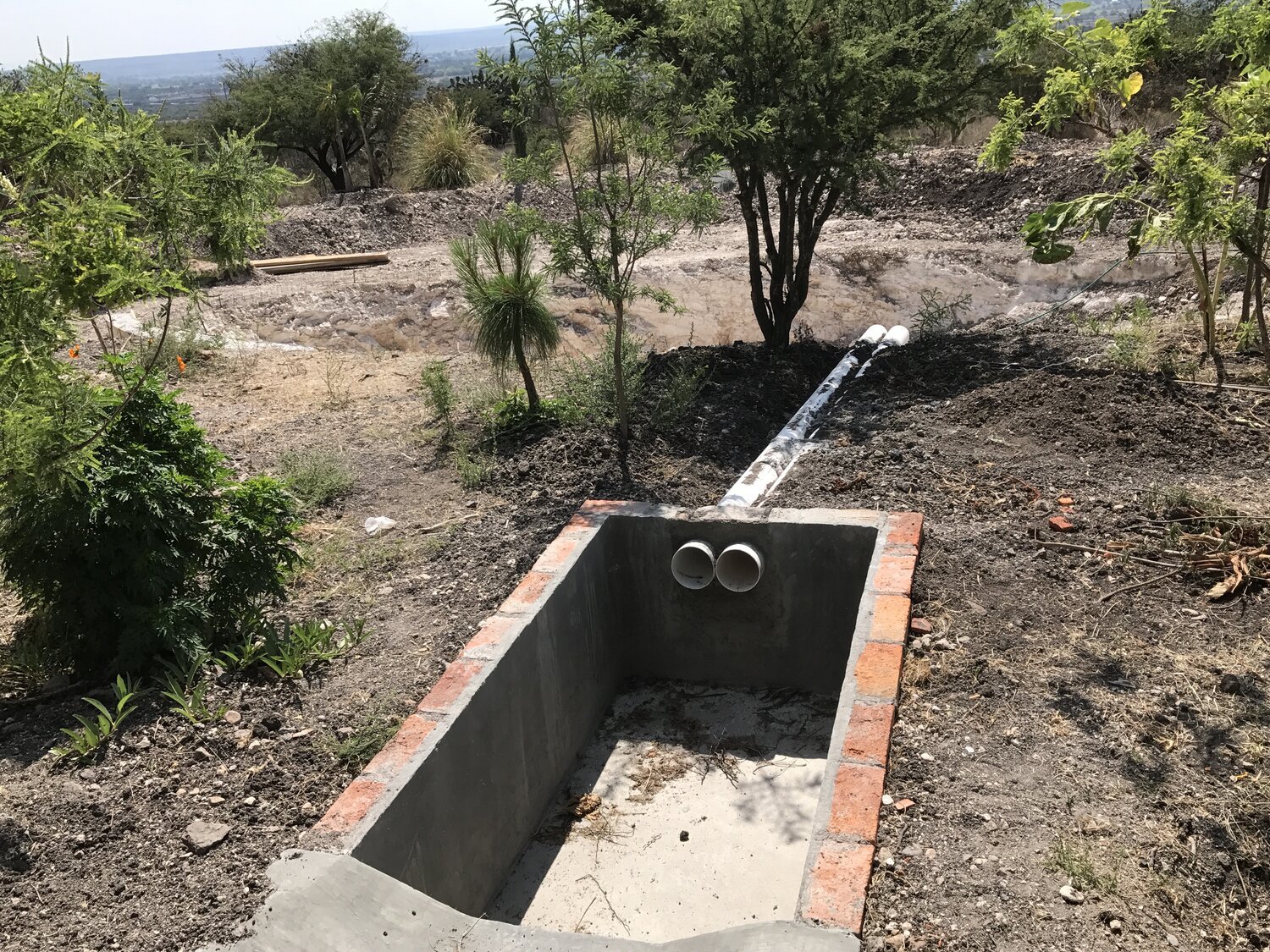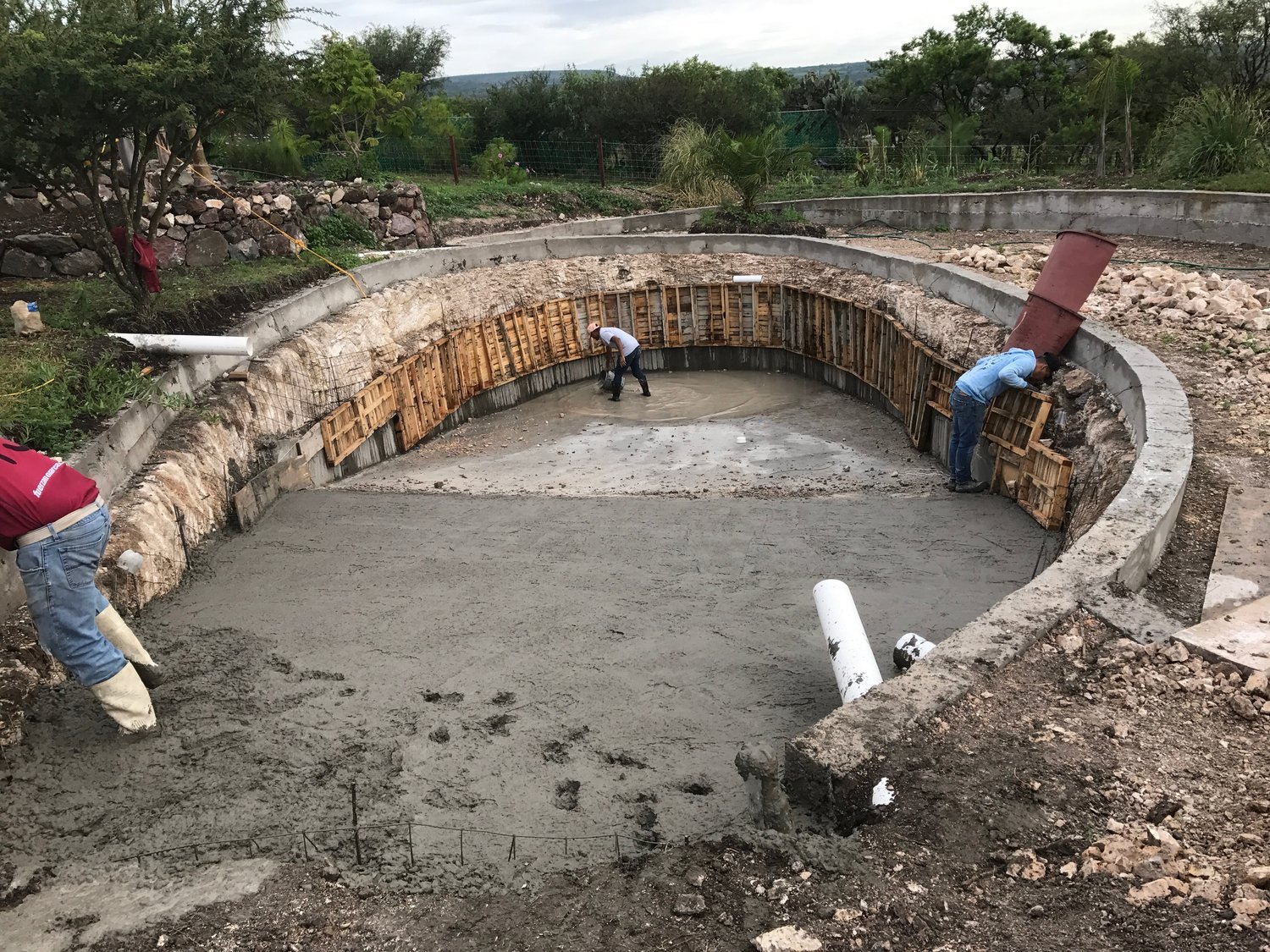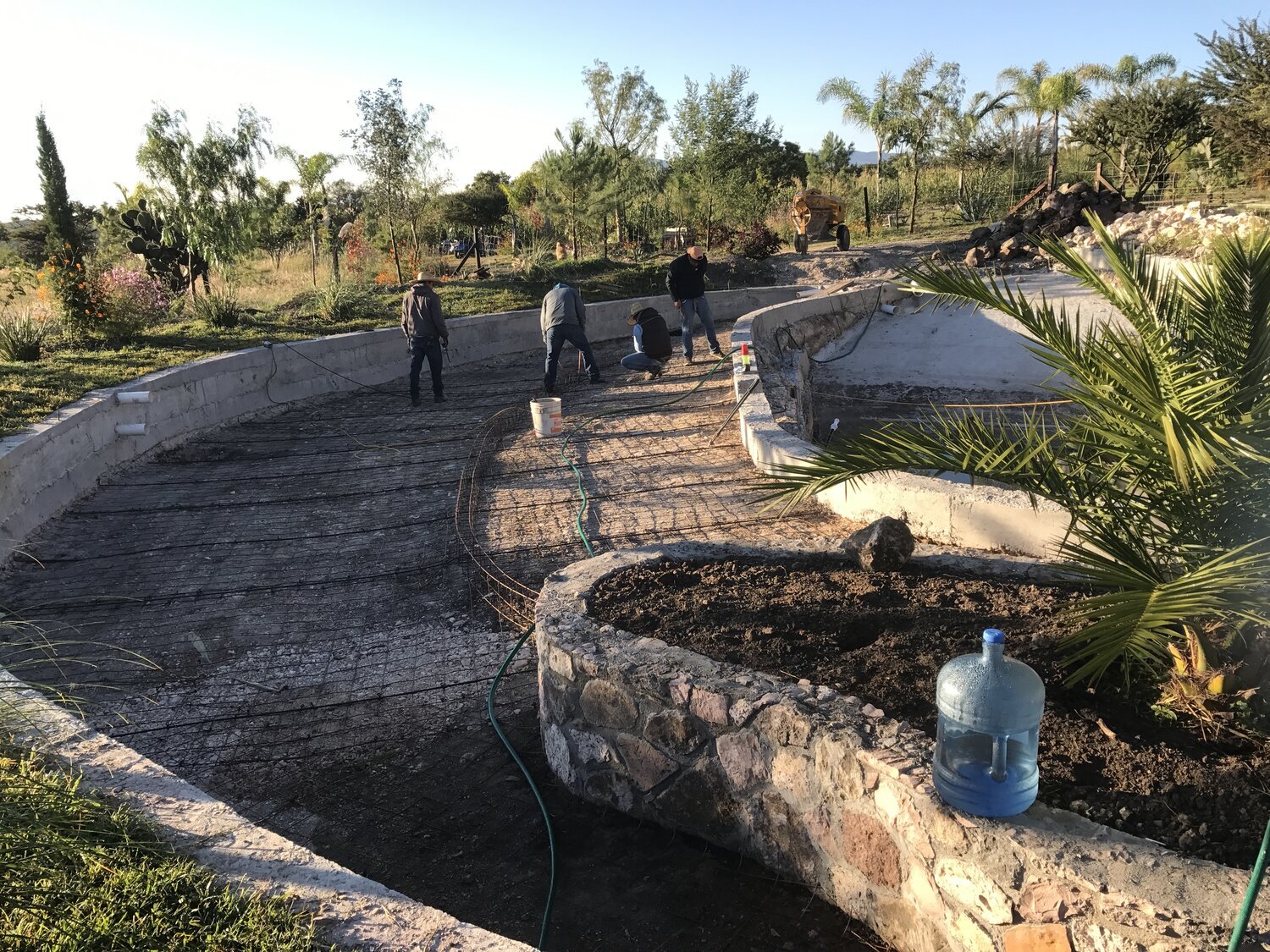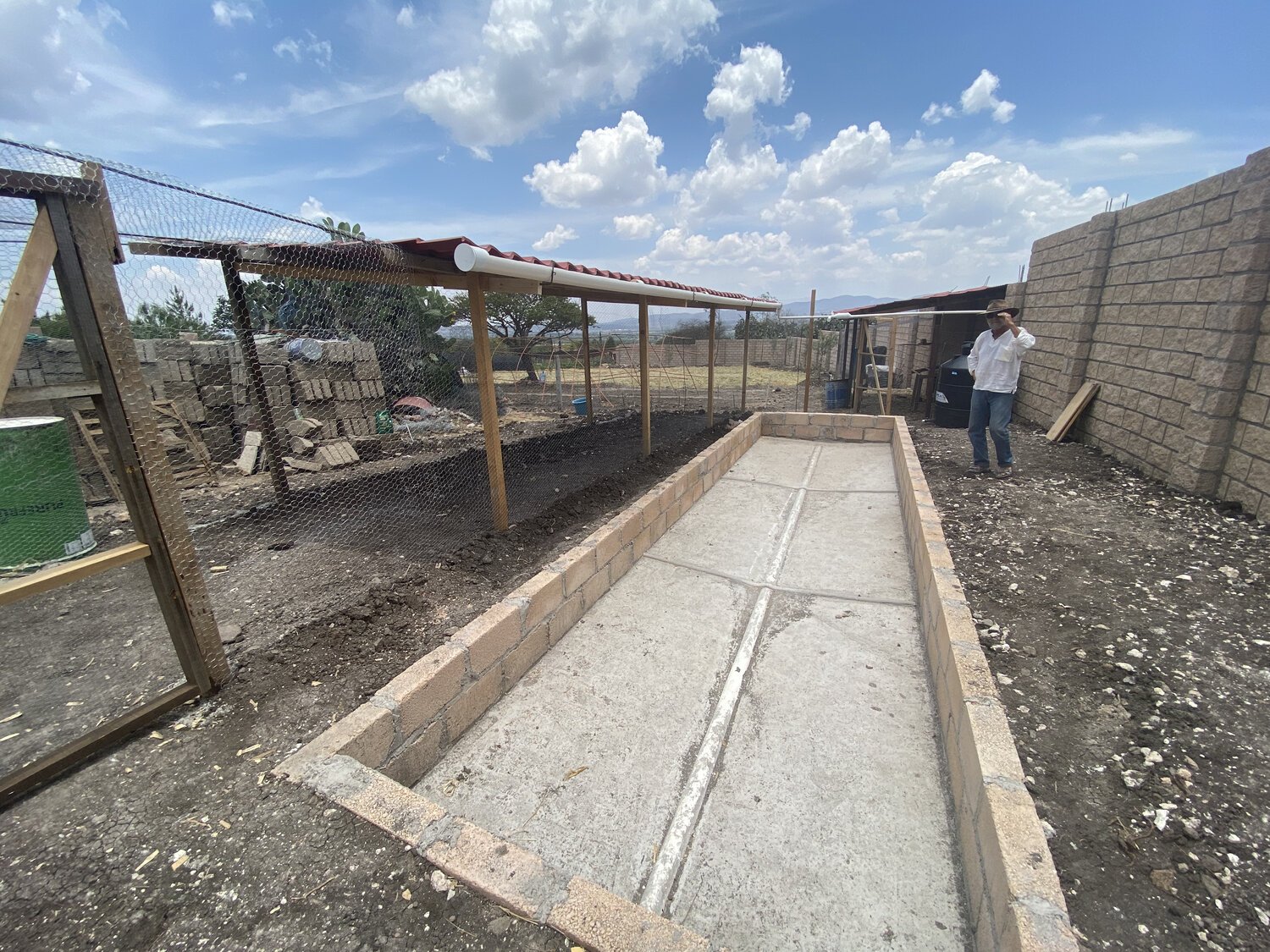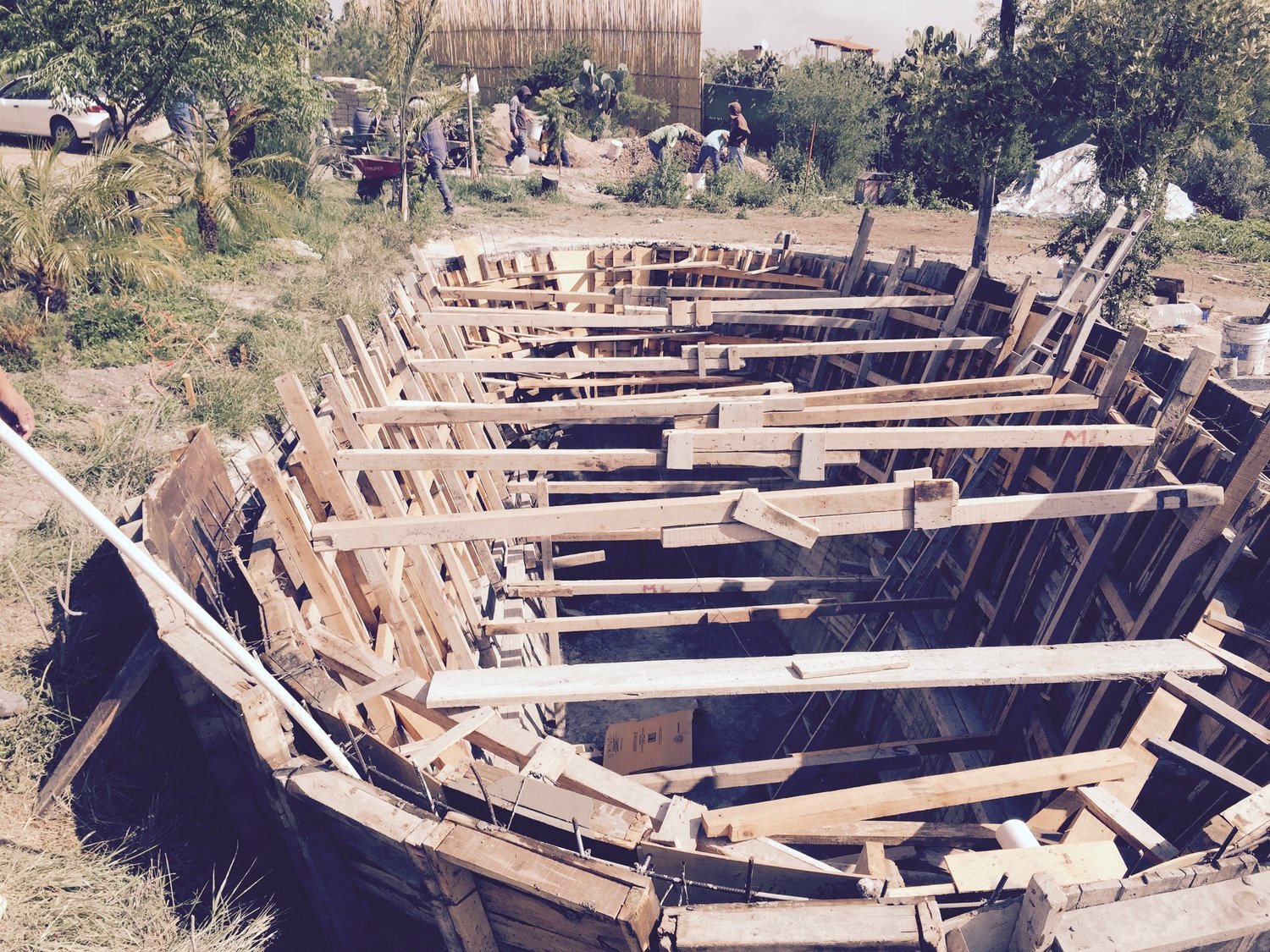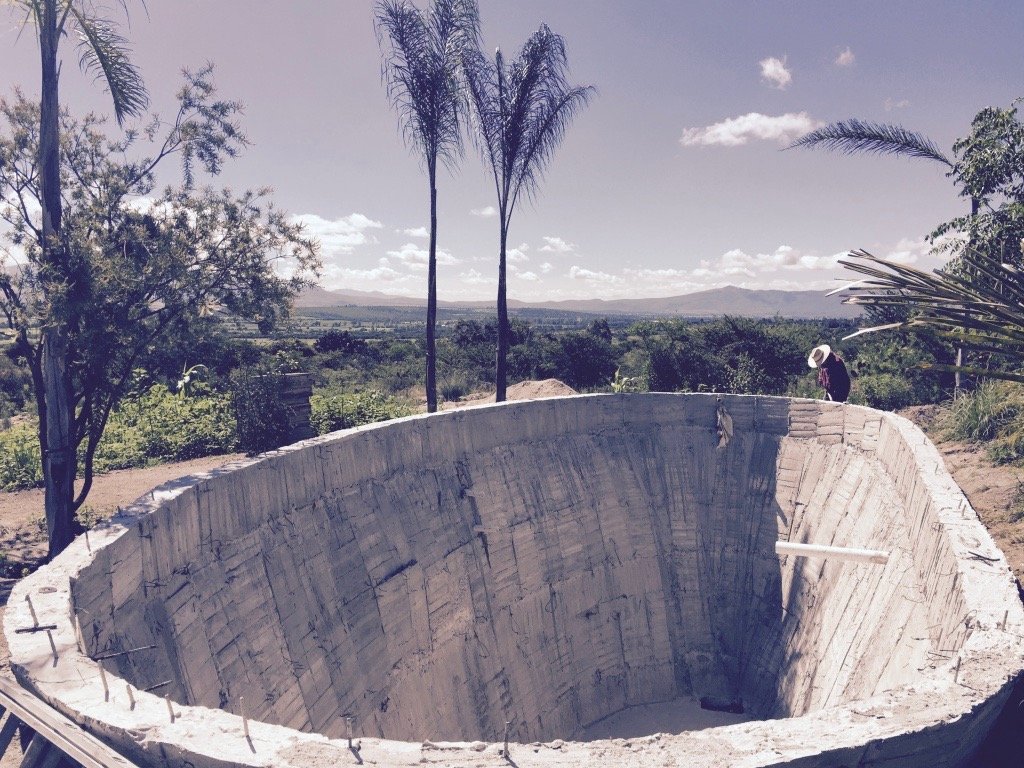
Harvesting the Rain
Rainwater capture offers hope for the future in dry regions.
We can transform drought and poverty to abundance.
Ecological destruction and climate impacts are now driving a global water crisis that will lead to food insecurity, social conflict, and mass migration in the coming years.
Mexico is already experiencing severe drought, threatening the health of millions of people and animals. Meanwhile agribusiness is unsustainably mining the groundwater here and in dry regions around the world.
But there is good news! As the 5 Most Epic Earth Healing Project video shows, dryland Permaculture systems can be rapidly implemented on a large scale in to radically transform semi arid and arid regions, bringing immediate improvement in human and ecological health.

What do Dryland Permaculture practices do?
Capture essential rainwater during monsoon storms
Slow rainwater run-off
Reduce or reverse soil erosion
Spread rainwater across the landscape
Penetrate water deeper into the soil
Retain water for the dry season
Allow for reforestation
Restore ecosystems and create lush habitat
Create water and food security for communities
Improve opportunities for livelihoods
Tikkun Water Systems
Central Mexico receives its rain during the June-October monsoon season. We understand that climate change will create greater instability in the monsoon season in the future, bringing more drought and stronger inundations.
Fifteen years ago, the land at Tikkun was dry and scrubby with few trees, located above an agricultural valley where the water table is overextended by large scale farms, suburban development and industrial parks. Like millions of Mexican households, we have no water rights, no water well, and no municipal water services.
We began building Permaculture dryland water systems that allow us to slow and capture rains, to penetrate the topsoil and eventually store enough water in our cisterns and ponds to supply our needs for the long dry season.
The water has helped us transform our land into a lush ecosystem, with 1000 planted trees and cactus, a farm, and fish ponds with edible tilapia and ornamental koi.
Our systems include:
Seven interconnected ponds and cisterns
Contoured swales and berms
Water retention pits
Rooftop water catchment and connected tinacos
Driveway water catchment with swales
Site-wide gravity-fed drip irrigation
Irrigation with nutrient rich fish pond water
Clay irrigation pots (ollas)
Mulching and composting with water hyacinths




